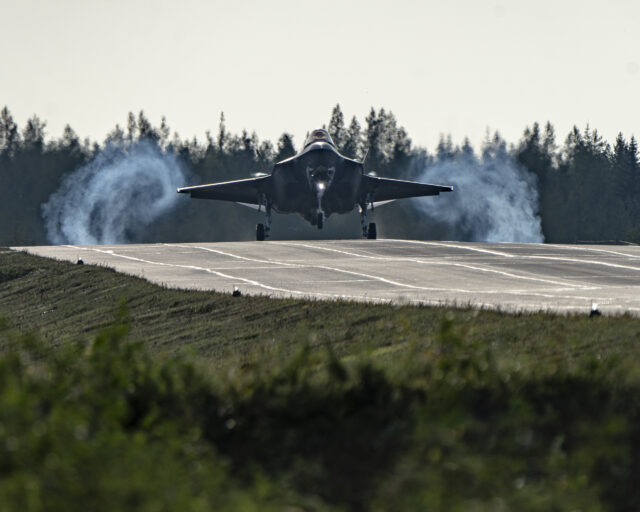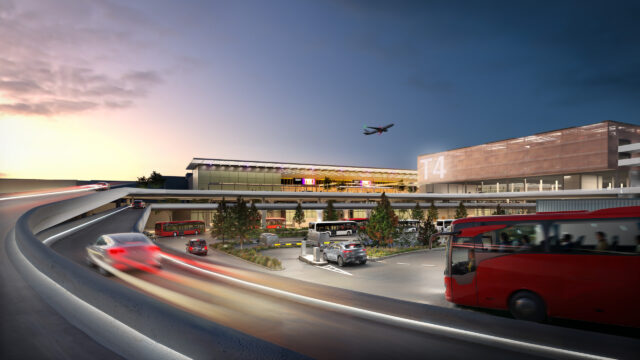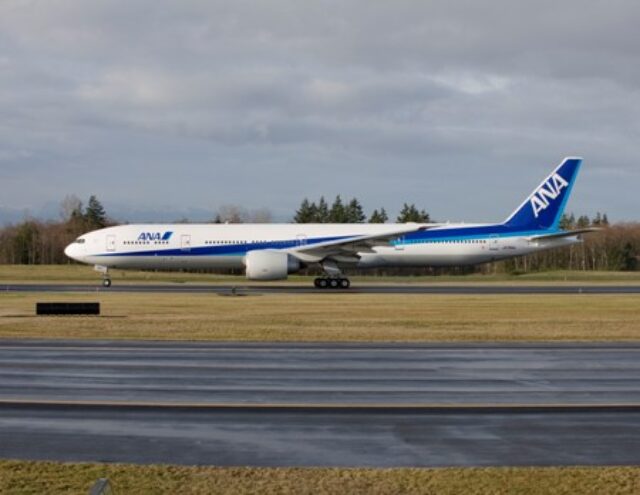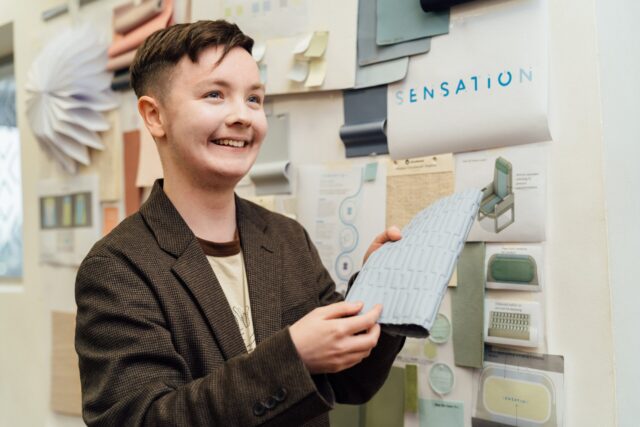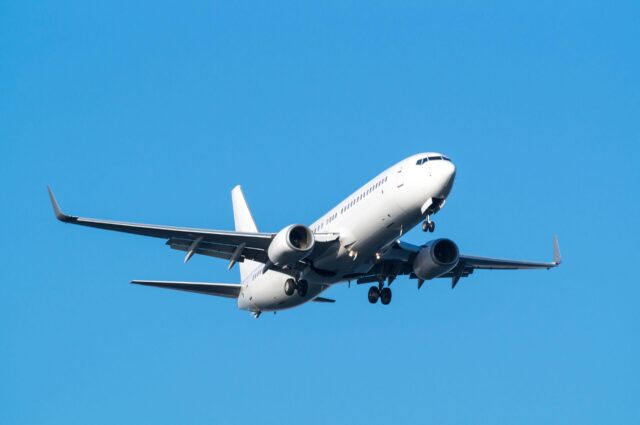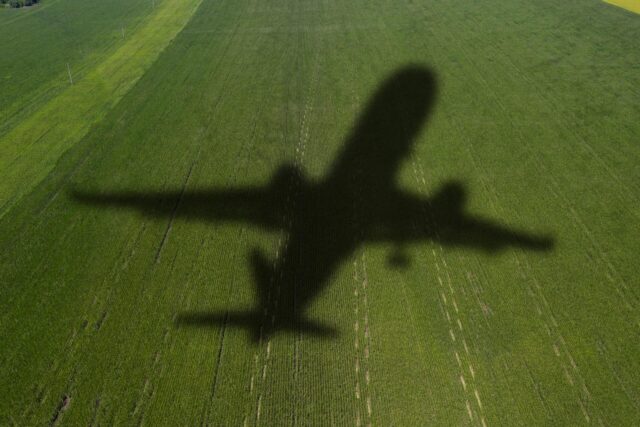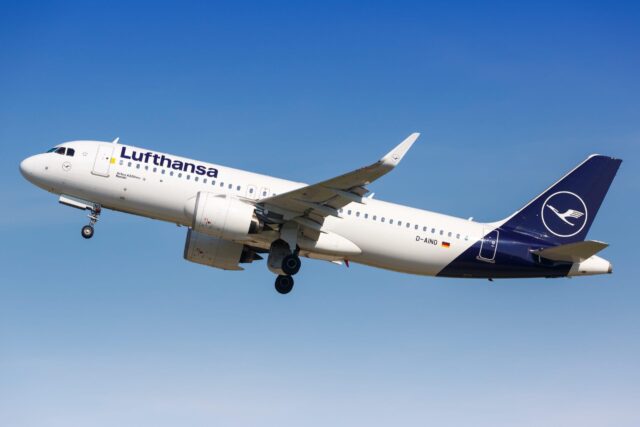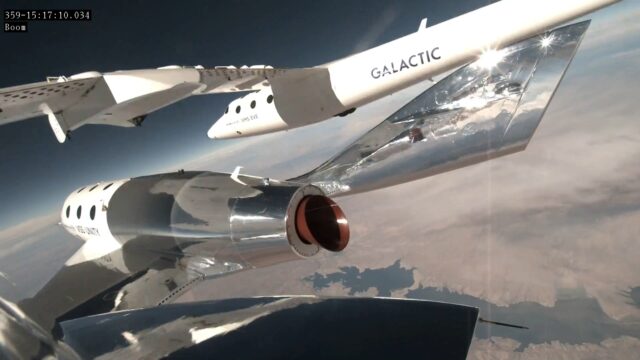UK Wedgetail ‘progress’
September 21, 2024

The Boeing E-7A Wedgetail AEW.Mk 1 is a next generation Airborne Early Warning and surveillance platform, capable of simultaneously tracking multiple airborne and maritime targets, and using the information it gathers to improve situational awareness and to direct assets including fighter aircraft and warships.
The UK Ministry of Defence in March 2019 signed a £1.5 billion ($1.8 billion) contract with Boeing for five E-7As, to replace the RAF’s fleet of six Boeing 707-based E-3D Sentries. The new aircraft were to be designated as the Wedgetail AEW.Mk 1s, and deliveries were scheduled to run from 2023 to 2026.
Other competing aircraft were unable to meet UK requirements for a 360° radar field of regard, and numbers of operators, and few demurred when the type was described as “the world’s most advanced, capable and reliable Airborne Early Warning and Control (AEW&C) platform.”
The E-7A is currently in service with the RAAF (Royal Australian Air Force), the Republic of Korea Air Force, and the Turkish Air Force and NATO announced the selection of the E-7 for its AEW&C mission in 2023. Boeing is building two rapid prototype E-7 aircraft for the USAF. The growing global E-7 fleet will provide mission systems interoperability, mission readiness and lifecycle cost advantages, as well as a common technical growth path which should allow it to stay ahead of global threats. Beyond this, the RAF will participate in a tri-lateral agreement with the RAAF and USAF, which should ensure co-operative Wedgetail interoperability, capability development, evaluation and testing, sustainment, operations, training, and safety.
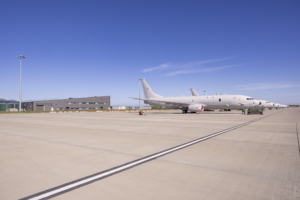
New facilities
On 19 September, UK DE&S (Defence Equipment and Support) announced that what it called: “a key facility procured by to maintain the E-7 Wedgetail fleet” had been officially opened on Thursday 19 September. The opening ceremony was attended by Air Commodore Alex Hicks, Head of Capability Delivery for ISR and the RAF programme lead, Ashley Parkes, UK fixed wing director at Boeing Defence, Paul Griffen, managing director of McLaughlin & Harvey, and Stephen Horrocks, the head of multi-mission aircraft and Laura McNally, Lossiemouth programme lead – both of DE&S.
The new structure, whose exact purpose was not revealed (though Hicks referred to it as the Combined Line Engineering facility, and said that it was for the joint use of Poseidon and Wedgetail engineering teams), is located at RAF Lossiemouth, alongside the Atlantic Building, from which the UK’s fleet of nine Poseidon MRA Mk1 maritime patrol/anti-submarine aircraft already operate. It was built for Boeing UK by McLaughlin & Harvey, employing more than 175 people on site at the project’s peak.
At least half of the buildings for the E-7A Wedgetail at RAF Lossiemouth are now believed to have been delivered, and all are expected be ready for the arrival of the first Wedgetail for No.8 Squadron, who will operate the aircraft and who will return to RAF Lossiemouth after an absence of 30 years!
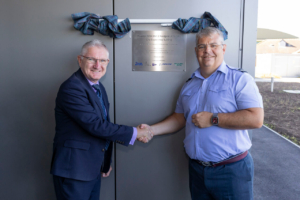
Though RAF Lossiemouth enjoys a strategic location and state-of-the-art facilities, some question what they see as an over-concentration of RAF assets in a Scotland that might one day leave the UK.
Wedgetail background
At an early stage of the programme, it was decided that the RAF’s five new Wedgetails would be converted in the UK from Boeing 737NG (737-700) airframes, the first two being refurbished second-hand examples sourced from the commercial sector for speed.
The original selected contractor, Marshall Aerospace and Defence Group, withdrew from the project in May 2020. Marshall chief executive Alistair McPhee explained that: “Despite the very best efforts of all parties, we have not been able to find a way to make the programme commercially viable for our business. As a UK business, we would have been incredibly proud to partner with Boeing to play our part in delivering such an important new platform for the RAF. However, we have to balance that against what is right for the long-term future and financial security of our independent, private company. Our absolute priority now is to continue to support Boeing and the RAF over the coming weeks and months to ensure that the programme remains on track. We will, of course, collaborate closely with all parties and do whatever we can to effect a smooth and efficient transition.”
On 20 May 2020 Boeing selected STS Aviation Group’s UK division, at Birmingham Airport as its UK partner, even though STS had never undertaken any similar conversion work. STS’s inexperience was reportedly exacerbated when Boeing was forced to withdraw some engineering manpower to concentrate on the 737 MAX crisis.
In December 2020, there were reports that the UK was considering reducing its Wedgetail purchase from five to three aircraft, though this meant that often only a single aircraft would be available for operational tasking. The reduced order for three aircraft was confirmed in the 2021 Integrated Defence Review. It was too late to cancel the order for radars for the planned fourth and fifth Wedgetails, meaning that cost savings accruing from the reduction were modest.
The last of No.8 Squadron’s six Boeing E-3D Sentry AEW.Mk 1s were retired in July 2021, with the RAF accepting that there would be an 18-24 month capability gap, but by late 2022, it was being reported that the initial operating capability date for the aircraft had slipped to 2024.
The first aircraft for conversion was a second hand Boeing 737-700 Boeing Business Jet (N384BJ/B-5273/N946BC) previously registered to China’s Deer Jet. It arrived in the UK for military conversion on 8 January 2021. The next aircraft was anothe 737-73W Boeing Business Jet (2-BASG/VP-BOP/N449BJ/N947BC) which arrived at Birmingham on 16 September. The third aircraft (a new build 737-700) arrived on 15 July 2022.
The UK Wedgetail programme has been beset by delays and difficulties, and there has been something of a news blackout, but it was reported that the first aircraft had been fitted with its Northrop Grumman Multi-Role Electronically Scanned Array (MESA) radar on 4 November 2022 – some 22 months after entering STS’s hangar!

First flight
More recently Boeing sources suggested that the first aircraft had been expected to fly before the Farnborough Airshow, but though a visually complete Wedgetail was photographed outside at Birmingham in July, it was not until 19 September that the aircraft was seen making ‘rejected take off’ tests. Finally, on 20 September, at about 1523, the first aircraft made its first flight, post-modification, still largely painted in metallic green primer. The aircraft was reportedly flown by a Boeing flight-test crew, who conducted functional checks during the aircraft’s first flight from Birmingham Airport, which saw the aircraft heading south west to operate off the Cornish coast.
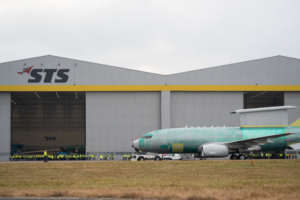
Stu Voboril, Boeing vice president and E-7 programme manager welcomed the successful first flight, saying that: “This safe and systematic Functional Check Flight is an important step for Boeing and the RAF as part of our rigorous and extensive testing and evaluation. Our team is committed to ensuring the E-7 delivers the safety, quality, and capabilities we’ve promised to our customer as we prepare for delivery of the UK’s first E-7 Wedgetail to the RAF.”
Group Captain Richard Osselton, RAF Programme Director for Wedgetail said, “Achieving the first flight of Wedgetail is a significant milestone, representing an outstanding effort from the RAF programme team, DE&S, Boeing and STS Aviation. We will now build on this success and look forward to continuing the Test & Evaluation phase as part of our preparations for the aircraft to enter into service.”
The aircraft is expected to transfer to a paint facility to receive its RAF colour scheme later this Autumn, following more test and evaluation flights.
There have been recent reports that the RAF has prepared, or is preparing a business case for a full fleet of seven Wedgetails, but few would expect this to ‘survive contact’ with the Treasury.


